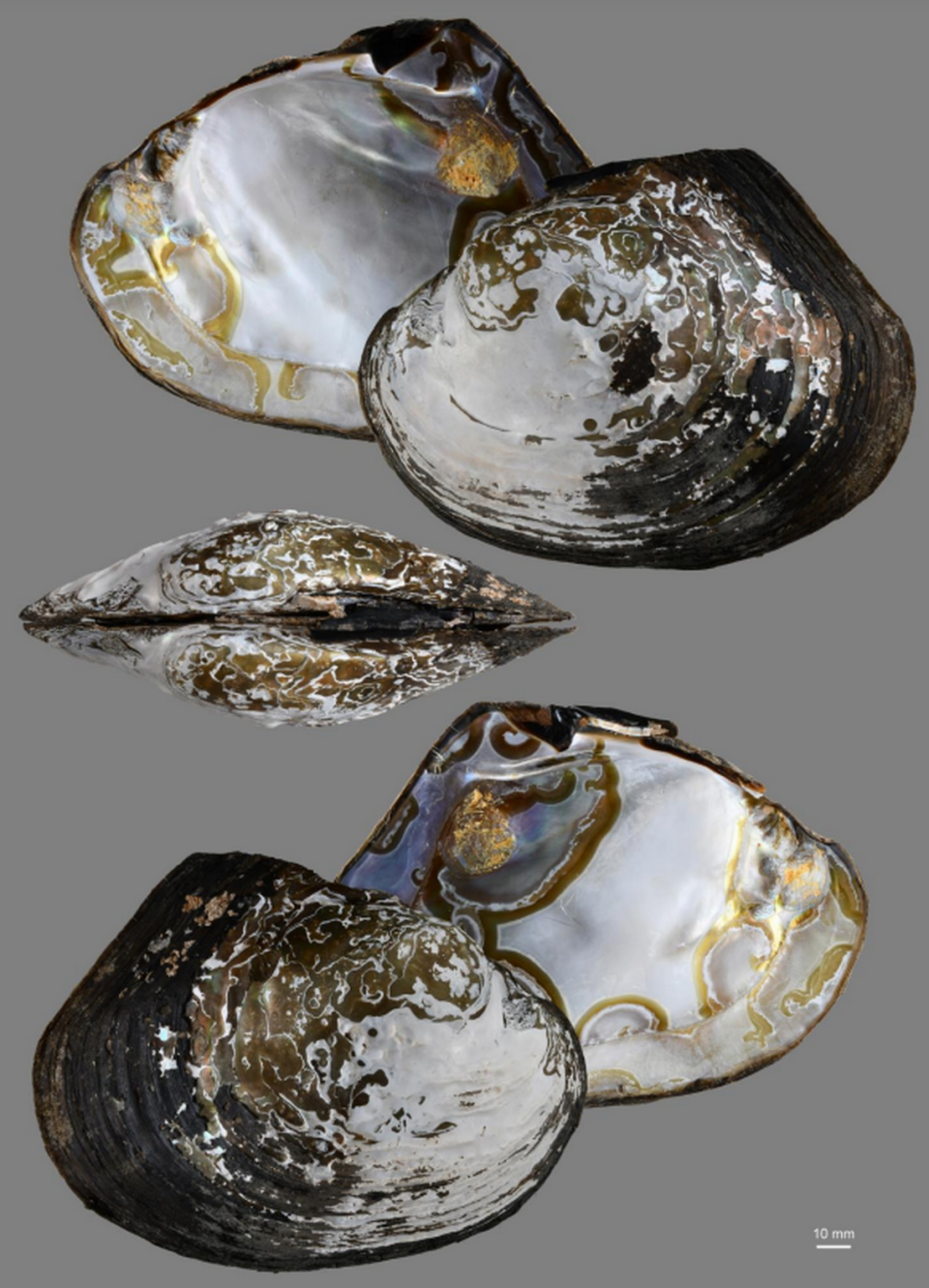New creature - with large teeth, thick shell and scars - found in Thai riverbed
A new species of mollusc has been discovered at the bottom of a river in Thailand after extreme drought.
The creature, a large mussel — only the third known species in its genus — is considered endangered, according to a study published on May 6 in the journal Tropical Natural History.
Researchers collected two specimens of the new species from the muddy bottom of the Chi River in northeast Thailand during the dry season.
The bivalves were then cut open and preserved in an ethanol solution for further examination, including molecular analysis, which confirmed the uncovering of a new species.
It was named Chamberlainia somsakpanhai after Somsak Panha, a pioneering researcher of freshwater molluscs, researchers, who are affiliated with Chulalongkorn University in Bangkok, said.
The newfound mussel is distinguished by its “very thick, very large” shell, which is green-brown on the outside and blue-white on the inside.

Like other mussel species, it has what are known as pseudocardinal teeth, which are not for chewing food but for keeping the two shells connected. The creature also has muscle scars, which are areas where the mussel attaches to the shell, according to research from the University of Vermont.
The species, which is considered at risk of extinction, is only known to be found in northeastern Thailand and parts of the Mekong River, which flows through six countries in east Asia, including China and Vietnam.
“Overharvesting for the pearl production process is one of the leading causes of the (genus’) declining populations,” researchers said.
“As is the case for other freshwater mussels, anthropogenic activities, especially water pollution and habitat loss, seem to be the primary factors putting Chamberlainia at risk of extinction,” researchers said, adding that water level changes caused by dams can also lead to population declines.
There are 890 known species of freshwater mussels in the world, and one-third of them live in North America, according to the Center for Biological Diversity, a non-profit working to protect endangered species.
The creatures play a crucial role in the food web, filtering bacteria and pollutants out of water, according to the organization. They also have some of the longest life spans of all invertebrate species, living up to 100 years.
In the United States alone, 35 species are now considered extinct and many others are extremely endangered, according to the organization.
Watch rare sighting of ‘impressive beast’ swimming near Scottish coastline
Spiky creature found lurking on temple wall in India turns out to be a new species
Sticky new creature — known as ‘assassin’ — coats itself before attacking, study says

